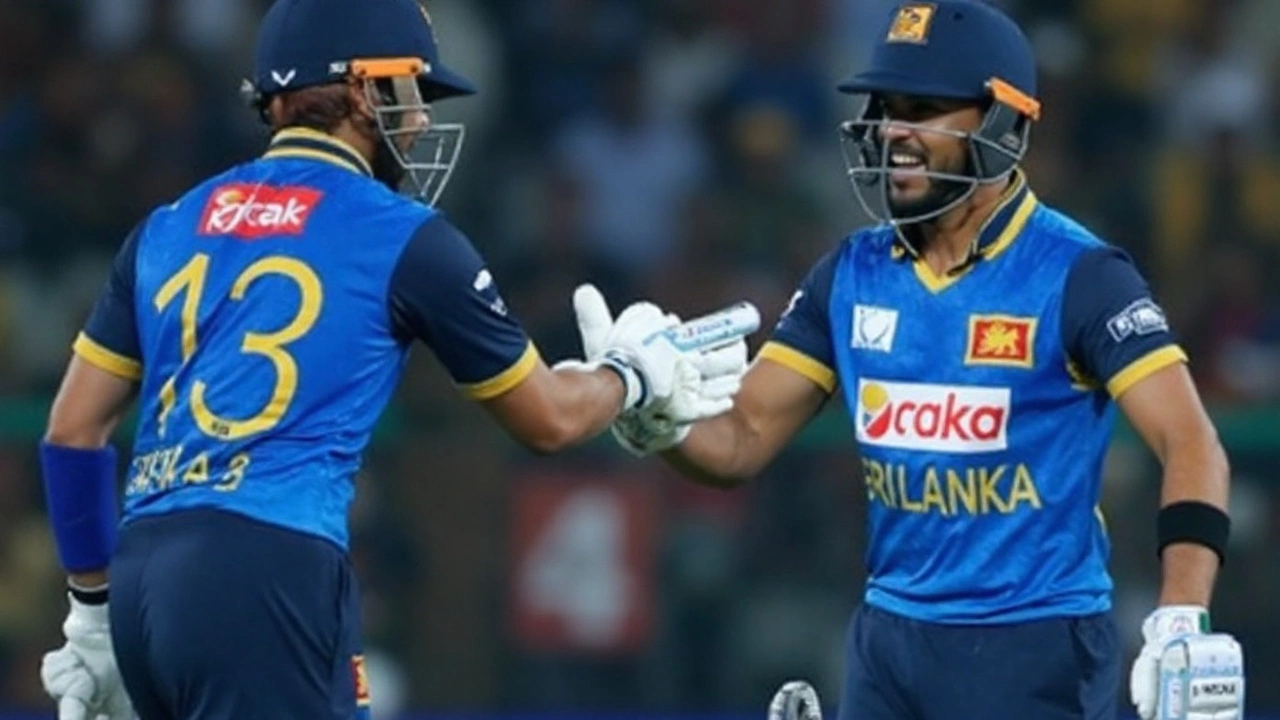First T20I: The Game That Changed Cricket
If you’re a cricket fan, you probably know the buzz around T20 cricket – the fast‑paced, high‑scoring format that’s taken over stadiums worldwide. But have you ever wondered where it all started? The very first T20 International (T20I) was a tiny spark that grew into today’s giant spectacle. Let’s break down when it happened, who was on the field, and why that match still matters.
When and Where Was the First T20I Played?
The inaugural T20I took place on February 17, 2005, at the Wanderers Stadium in Johannesburg, South Africa. It was a showdown between the host nation and Australia, two powerhouses looking to test a brand‑new format. The International Cricket Council (ICC) had just approved T20 cricket as an official international format a few months earlier, so this game was more of a trial than a full‑blown contest.
South Africa won the toss, chose to bat, and set a modest total of 157‑9 in 20 overs. Australia chased it down with 7 wickets in hand, finishing at 161‑3. The match lasted just under three hours – a stark contrast to the five‑day Test matches that dominate cricket history.
Key Moments and Players from That Historic Game
Even though the scores weren’t sky‑high, several moments stood out. South Africa’s opening batsman, Graeme Smith, led the charge with a solid 45, giving his team a decent start. The highlight for the hosts was Andrew Hall’s quick 34, which proved crucial in keeping the total respectable.
On the Australian side, Ricky Ponting made a swift 30, and Shane Watson finished unbeaten on 39, steering the chase with calm aggression. The bowling figures were tight too – Albie Morkel took 2 wickets for just 18 runs, showing how effective a bowler could be in a 20‑over game.
Beyond the numbers, the atmosphere was electric. Fans got a taste of non‑stop action, boundary after boundary, with every ball feeling crucial. The match proved that a shortened game could still be competitive, strategic, and entertaining.
After the game, the ICC saw the potential. Within a year, more nations embraced T20Is, and the first ICC World Twenty20 tournament launched in 2007. The format helped bring new fans, especially younger audiences who loved the fast pace and big hits.
So why does the first T20I still matter? It set the template for a new way to enjoy cricket. It showed that a 20‑over match could be a full international, with rankings, records, and trophies attached. It also forced teams to rethink tactics – power‑hitting, innovative bowling, and field placements became essential.
Today, when you watch a T20 league or a world cup final, remember that it all started with a modest game in Johannesburg. That first T20I taught the cricket world that change is possible, and it opened doors for players like Virat Kohli, Ben Stokes, and countless others to shine on a global stage.
Whether you’re a casual viewer or a die‑hard fan, understanding the roots of T20 cricket adds another layer of enjoyment. The first T20I may have been just a single match, but its impact still echoes every time a batsman lofts a six or a bowler delivers a death‑over yorker.
